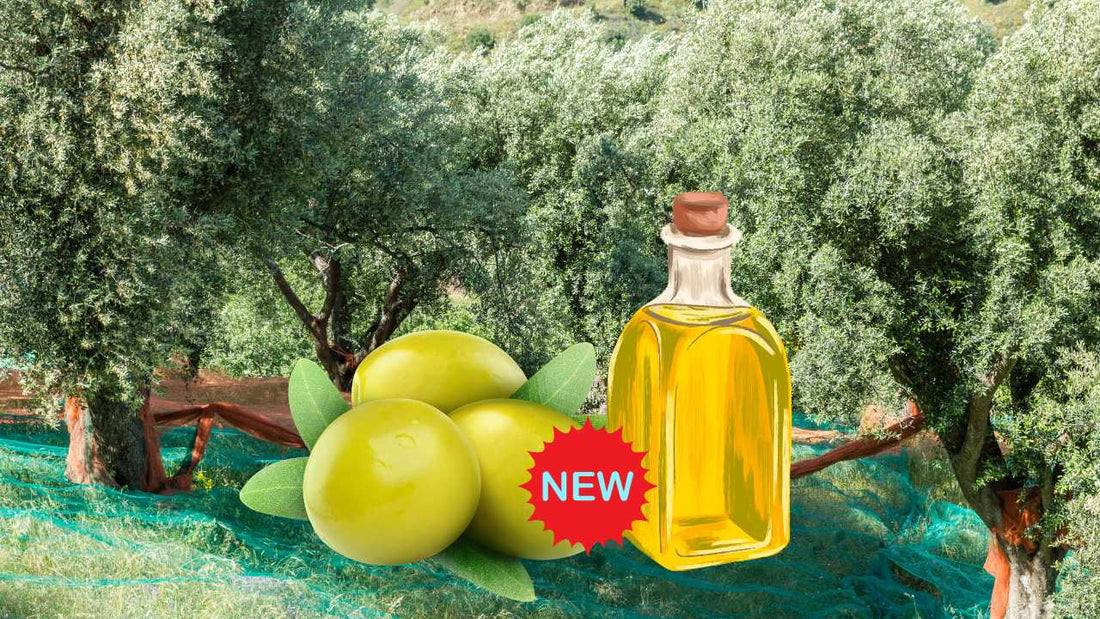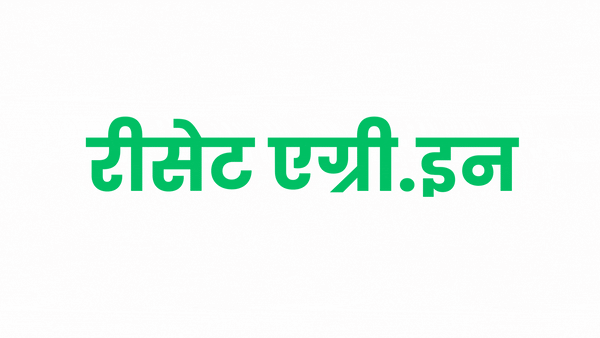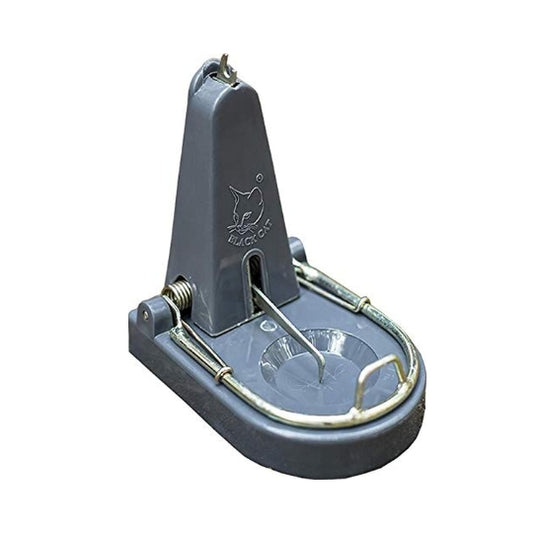
Olive Farming in India
Share
Olive trees are not native to India, but they have been successfully grown in the country for several years. The state of Rajasthan is the leading producer of olives in India, with over 144,000 olive trees planted on almost 260 hectares of land.
Olive trees need a warm climate with plenty of sunshine to thrive. They are also drought-tolerant, which makes them well-suited to the dry climate of Rajasthan. Olive trees can take several years to bear fruit, but they can produce for many decades. The first olive harvest in India occurred in 2012, and commercial olive oil production began in September 2013.
India produced 150 tonnes of olives in 2020. The government of Rajasthan has set a target of producing 1,000 tonnes of olives by 2025. Olive oil is a healthy and versatile cooking oil that is high in monounsaturated fats. It is also a good source of antioxidants. The demand for olive oil in India is growing, and the industry is expected to continue to grow in the coming years.
Here are some of the olive varieties grown in India:
- Arbequina: This is a small, early-ripening olive variety that is known for its high oil content and mild flavor. It is a good choice for both table olives and olive oil production.
- Barnea: This is a medium-sized, late-ripening olive variety that is known for its high oil content and resistance to pests and diseases. It is a good choice for olive oil production.
- Coratina: This is a large, late-ripening olive variety that is known for its high oil content and intense flavor. It is a good choice for olive oil production.
- Frantoio: This is a medium-sized, early-ripening olive variety that is known for its high oil content and fruity flavor. It is a good choice for both table olives and olive oil production.
- Koroneiki: This is a medium-sized, early-ripening olive variety that is known for its high oil content and mild flavor. It is a good choice for both table olives and olive oil production.
Related Articles
Here are some of the challenges of olive oil farming in India:
- The high cost of planting and maintaining olive trees
- The lack of skilled labor
- The risk of pests and diseases
- The competition from imported olive oil
Despite these challenges, the olive oil industry in India is poised for growth. The country has a favorable climate for olive cultivation, and the demand for olive oil is increasing. With the right investment and support, the Indian olive oil industry could become a major player in the global market.
There are a few Indian institutes that are looking after olive farming. Some of these institutes include:
Indian Council of Agricultural Research (ICAR): The ICAR is the apex body for agricultural research in India. It has a number of research stations across the country that are working on olive farming.
Rajasthan Olive Cultivation Limited (ROCL): ROCL is a state-owned company that is responsible for promoting olive farming in Rajasthan. It has a number of olive plantations and olive oil processing units in the state.
Central Institute of Temperate Horticulture (CITH): The CITH is a research institute under the ICAR that is located in Kashmir. It has a number of research programs on olive farming.
Dr. Balasaheb Sawant Konkan Krishi Vidyapeeth (SKKV): The SKKV is a state agricultural university located in Dapoli, Maharashtra. It has a number of research programs on olive farming.
These institutes are working on a number of aspects of olive farming, including:
Olive variety selection: The institutes are working on identifying olive varieties that are well-suited to the Indian climate.
Olive cultivation practices: The institutes are developing best practices for olive cultivation in India.
Olive pest and disease management: The institutes are developing methods for managing pests and diseases that affect olive trees.
Olive oil production: The institutes are developing methods for producing high-quality olive oil from Indian olives.
The work of these institutes is helping to promote olive farming in India. With their support, the Indian olive industry is poised for growth in the coming years.
Related Articles















